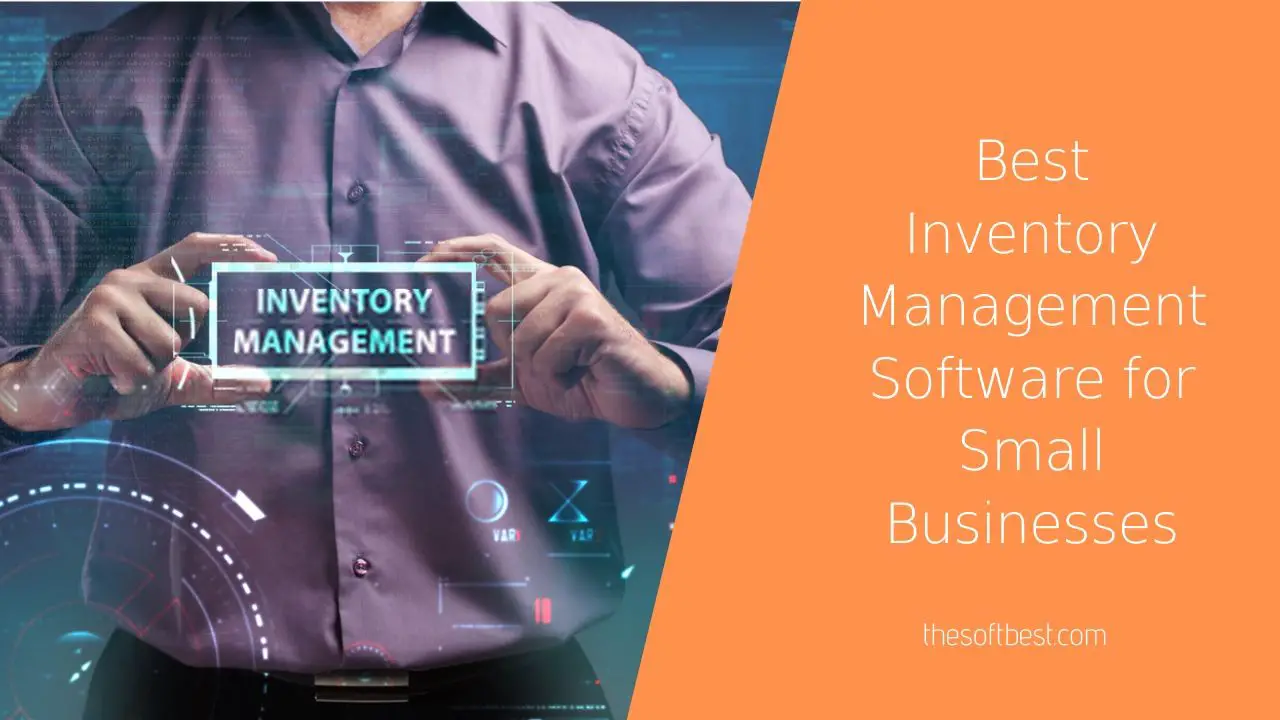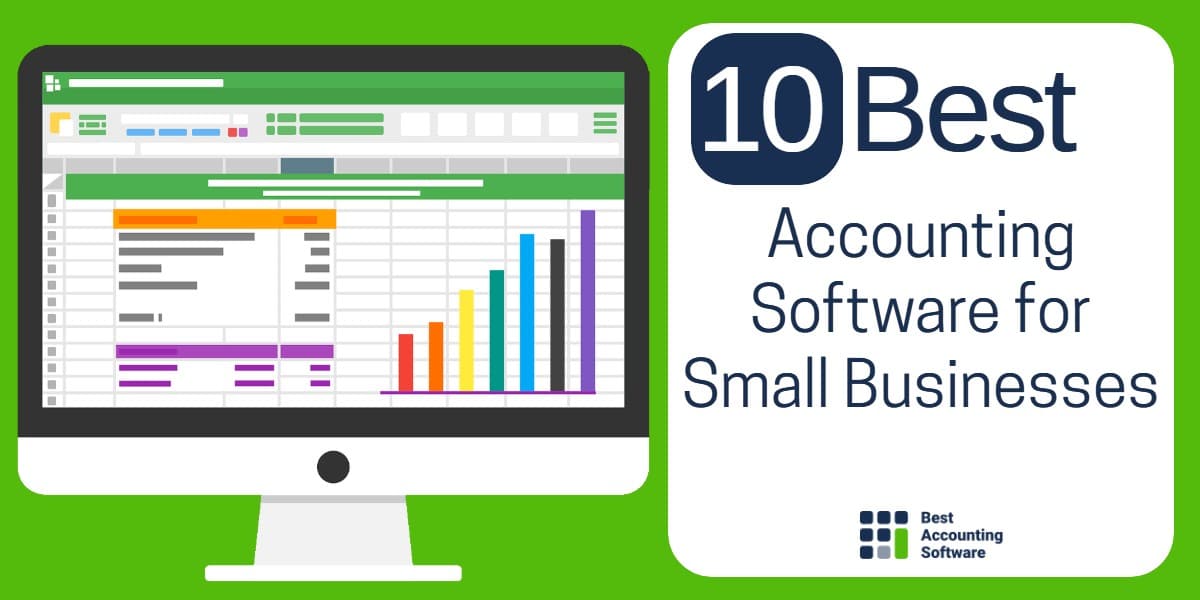Small business accounting inventory software is an indispensable tool for businesses looking to streamline their operations and gain control over their inventory. This software offers a comprehensive suite of features and functionalities that empower businesses to manage their inventory efficiently, optimize stock levels, and make informed decisions.
From real-time inventory tracking to automated reordering and advanced reporting, small business accounting inventory software provides a centralized platform for managing all aspects of inventory management. This enables businesses to gain valuable insights into their inventory performance, identify areas for improvement, and make data-driven decisions that drive growth and profitability.
Understanding Small Business Accounting Inventory Software

Small business accounting inventory software is a valuable tool that can help businesses track their inventory levels, manage their orders, and generate reports. This software can save businesses time and money, and it can also help them improve their customer service.
There are many different types of small business accounting inventory software available, so it is important to choose one that is right for your business. Some of the most common features of small business accounting inventory software include:
- Inventory tracking: This feature allows businesses to track their inventory levels in real time. This information can be used to generate reports, manage orders, and make informed decisions about purchasing.
- Order management: This feature allows businesses to manage their orders from start to finish. This includes tracking the status of orders, generating invoices, and processing payments.
- Reporting: This feature allows businesses to generate reports on their inventory levels, orders, and sales. This information can be used to make informed decisions about the business.
There are three main types of inventory management systems available:
- Periodic inventory system: This system is the simplest and least expensive to implement. It involves taking a physical inventory of your stock at regular intervals, such as monthly or quarterly.
- Perpetual inventory system: This system tracks inventory levels in real time. It is more expensive to implement than a periodic inventory system, but it provides more accurate and up-to-date information.
- Hybrid inventory system: This system combines elements of both periodic and perpetual inventory systems. It involves taking a physical inventory at regular intervals, but it also uses a perpetual inventory system to track inventory levels in between physical counts.
The type of inventory management system that is right for your business will depend on your specific needs and budget.
Key Considerations for Selecting Inventory Software
Choosing the right inventory software for your small business is crucial for efficient inventory management. Consider these key factors to make an informed decision:
Scalability
Ensure the software can adapt to your business’s growth. Consider your current inventory size and projected growth to choose software that can handle your expanding needs.
Integration
Choose software that seamlessly integrates with your existing systems, such as your accounting and sales platforms. This eliminates manual data entry and streamlines inventory management.
Reporting Capabilities
Robust reporting capabilities provide valuable insights into your inventory performance. Look for software that offers customizable reports, allowing you to track key metrics like inventory turnover, stock levels, and sales trends.
Tips for Evaluating and Comparing Software
- Identify your specific needs and requirements.
- Research and compare multiple software options.
- Request demos or trial periods to test the software firsthand.
- Consider the software’s ease of use, customer support, and pricing.
- Read reviews and testimonials from other businesses to gain insights into their experiences.
Implementation and Best Practices
Implementing inventory software involves careful planning and execution to ensure a smooth transition and optimal utilization. Here are the key steps to consider:
1. Data Preparation: Gather and organize inventory data, including product details, quantities, locations, and costs. Ensure data accuracy to prevent errors and inconsistencies.
2. Software Selection and Customization: Choose inventory software that aligns with your business needs and workflows. Customize the software to fit your specific requirements, such as barcode scanning, reporting, and integration with other systems.
3. Implementation and Training: Deploy the software and train staff on its functionality. Provide clear instructions and support to ensure seamless adoption and minimize disruption.
Best Practices for Inventory Management
Effective inventory management is crucial for optimizing stock levels and reducing waste. Best practices include:
- Cycle Counting: Regularly verify inventory counts against physical stock to identify discrepancies and prevent overstocking or shortages.
- Stock Adjustments: Make timely adjustments to inventory records to account for stock losses due to damage, theft, or returns.
- Inventory Optimization: Use inventory data to analyze demand patterns, optimize stock levels, and reduce carrying costs while maintaining sufficient stock.
- First-In, First-Out (FIFO) Method: Track inventory movement to ensure older items are sold or used first, minimizing the risk of obsolete or damaged stock.
- Regular Inventory Audits: Conduct thorough audits to verify inventory accuracy and identify areas for improvement in stock management.
Advanced Features and Integrations
Beyond basic inventory management, advanced inventory software offers sophisticated features and integration capabilities that streamline operations and enhance efficiency.
Advanced features like barcode scanning and mobile apps empower businesses to manage inventory with greater accuracy and speed. Barcode scanning eliminates manual data entry errors, while mobile apps provide real-time access to inventory information, enabling managers to make informed decisions on the go.
Integration with Business Systems
Integrating inventory software with other business systems, such as accounting and CRM, provides a comprehensive view of operations. This integration automates data sharing, reducing errors and improving collaboration between departments.
For instance, integrating inventory software with accounting software eliminates the need for manual inventory reconciliation, saving time and reducing errors. Similarly, integrating with CRM software provides sales teams with real-time inventory availability, enabling them to make accurate commitments to customers.
- Example: A manufacturing company integrated its inventory software with its ERP system. This integration automated the flow of inventory data between the two systems, eliminating manual data entry and reducing errors. The result was improved accuracy in inventory tracking and reduced labor costs.
Case Studies and Success Stories

Small businesses that have implemented inventory software have experienced significant benefits. Here are a few case studies:
Challenges Faced by Small Businesses
* Manual inventory management: Time-consuming and prone to errors.
* Lack of real-time visibility: Difficulty in tracking inventory levels accurately.
* Overstocking and understocking: Leading to lost sales or excess inventory costs.
* Inefficient order fulfillment: Slow and error-prone processes.
Solutions Implemented by Inventory Software
* Automated inventory tracking: Real-time visibility into inventory levels.
* Barcode scanning and RFID technology: Accurate and efficient data collection.
* Inventory forecasting and replenishment: Optimizing inventory levels to meet demand.
* Integrated order management: Streamlined order fulfillment processes.
Results Achieved by Small Businesses
* Reduced labor costs: Automated processes free up staff for other tasks.
* Improved inventory accuracy: Reduced errors and increased confidence in inventory data.
* Increased sales: Optimized inventory levels and efficient order fulfillment lead to increased sales.
* Reduced inventory carrying costs: Better inventory management reduces excess inventory and associated costs.
* Improved customer satisfaction: Accurate inventory information ensures timely order fulfillment and reduces backorders.
Return on Investment (ROI) and Long-Term Benefits, Small business accounting inventory software
* Immediate cost savings: Reduced labor costs and inventory carrying costs.
* Long-term profitability: Increased sales and improved customer satisfaction.
* Competitive advantage: Efficient inventory management gives businesses an edge over competitors.
* Scalability: Inventory software can grow with the business, supporting future expansion.
Future Trends and Innovations

The landscape of small business accounting inventory software is continuously evolving, driven by technological advancements and changing business needs. Emerging trends, such as artificial intelligence (AI), machine learning (ML), and cloud computing, are transforming the way businesses manage their inventory.
AI and ML algorithms are revolutionizing inventory management by automating tasks, predicting demand, and optimizing stock levels. These technologies can analyze historical data, identify patterns, and make informed decisions, freeing up business owners to focus on other aspects of their operations.
Cloud Computing
Cloud computing has become increasingly popular for small businesses, offering scalable and cost-effective inventory management solutions. Cloud-based software eliminates the need for on-premises servers, allowing businesses to access their inventory data from anywhere with an internet connection.
In addition, cloud computing enables seamless integration with other business applications, such as accounting software and e-commerce platforms, streamlining operations and improving efficiency.
Innovative Solutions
Innovative solutions are constantly emerging to enhance inventory management capabilities. These solutions include:
- Real-time tracking: RFID tags and IoT devices allow businesses to track inventory in real-time, providing visibility into stock levels and preventing stockouts.
- Predictive analytics: Advanced algorithms analyze historical data and current trends to predict future demand, enabling businesses to optimize their inventory levels and avoid overstocking or understocking.
- Automated reordering: Software can automatically generate purchase orders when stock levels reach a predefined threshold, ensuring timely replenishment and minimizing the risk of stockouts.
Final Conclusion
In conclusion, small business accounting inventory software is a powerful tool that can transform the way businesses manage their inventory. By leveraging its advanced features and capabilities, businesses can streamline their operations, reduce costs, and gain a competitive edge in the market. Whether you’re a small business owner just starting out or an established enterprise looking to optimize your inventory management, investing in the right software can unlock significant benefits and drive long-term success.
FAQ Guide: Small Business Accounting Inventory Software
What are the key benefits of using small business accounting inventory software?
Small business accounting inventory software offers numerous benefits, including improved inventory accuracy, reduced stockouts, optimized stock levels, streamlined operations, and enhanced decision-making.
What types of inventory management systems are available?
There are various types of inventory management systems available, including perpetual inventory systems, periodic inventory systems, and hybrid inventory systems. Each type has its own advantages and disadvantages, and the best choice for a particular business depends on its specific needs and requirements.
What factors should be considered when selecting inventory software?
When selecting inventory software, businesses should consider factors such as scalability, integration capabilities, reporting features, ease of use, and cost. It’s important to choose software that aligns with the business’s current and future needs, and that can integrate seamlessly with existing systems.